Science, craftsmanship, beauty
Lab-grown diamonds
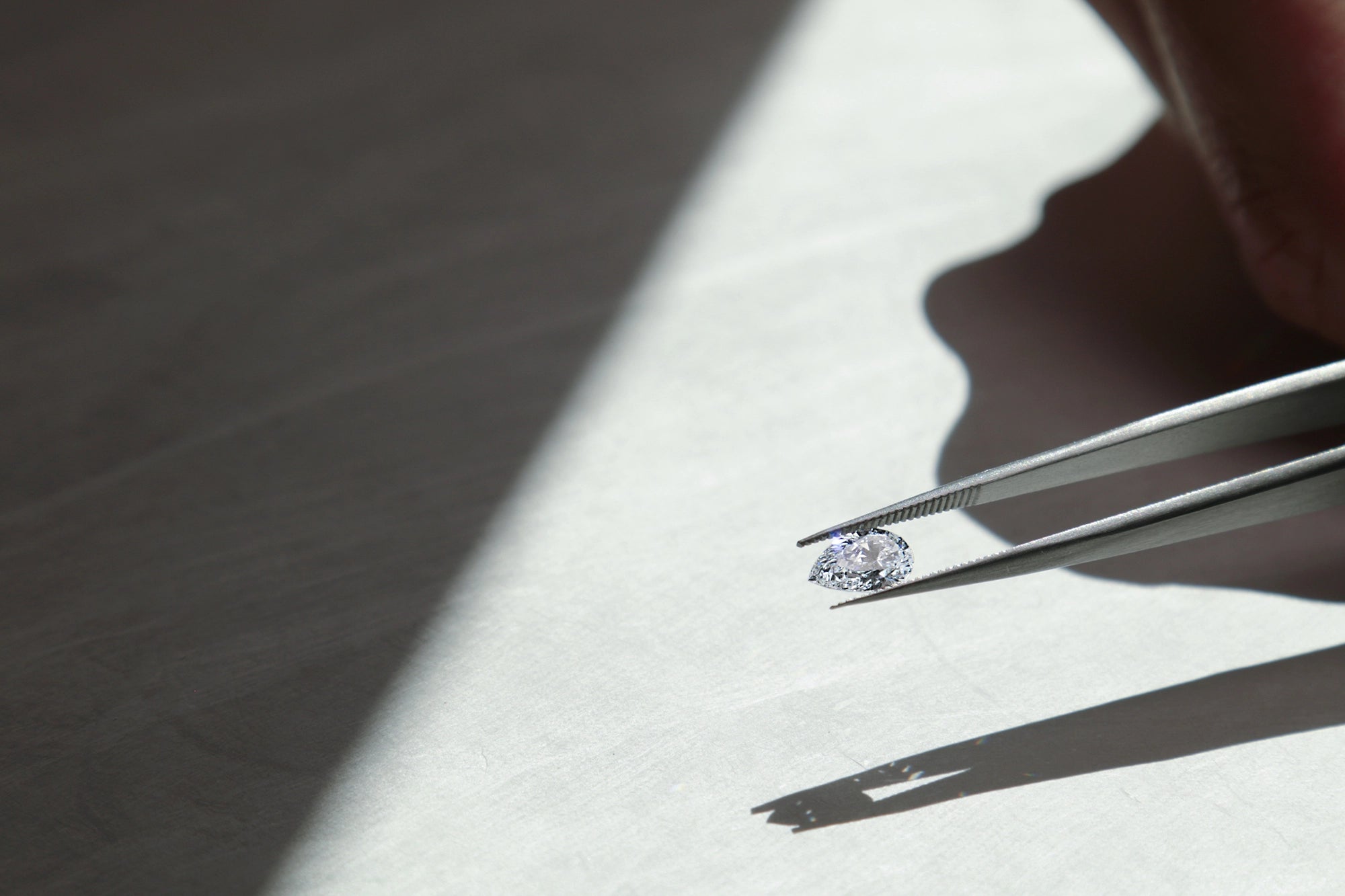
Are lab-grown diamonds real diamonds?
The answer is a very simple yes. Lab-grown diamonds (also called laboratory-grown diamonds, synthetic diamonds or laboratory-created diamonds) are diamonds. The only difference between a lab-grown diamond and a natural diamond is its origin.
A lab-grown diamond is created inside a laboratory using cutting-edge technology that replicates the complex natural diamond growing process. The result is a man-made diamond with the exact same physical and optical properties, crystal structure, and chemical composition – as those extracted from beneath the Earth’s surface. They are thus 100% diamond.
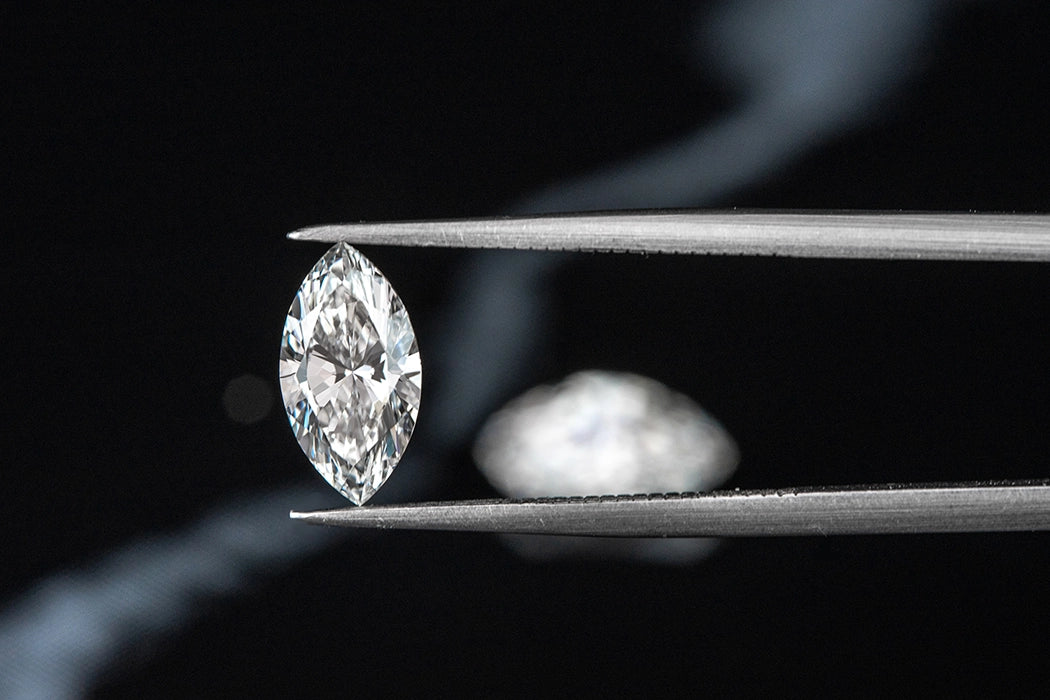
How are diamonds grown?
We mimic the complex natural growing process of a diamond. This can be done in two ways:
With Pressure and Temperature (HPHT)
This process creates an extremely “High Pressure and High Temperature” (HPHT) environment that simulates the crushing forces of the earth. A small diamond seed is placed in carbon, the element that diamonds are made of. The diamond seed is then exposed to temperatures of over 1000°C (2000 F). Over the next days or weeks, the carbon melts and forms a diamond around the seed.
With Heated gases (CVD)
The Chemical Vapour Deposition process grows diamonds from a hydrocarbon gas mixture, similar to how diamonds form in interstellar gas clouds. A thin slice of diamond seed is placed in a sealed chamber and heated to around 800°C. The chamber is then filled with carbon rich gases such as methane. The gases turn into plasma using microwaves, lasers, and other techniques. This breaks down the gases to allow the carbon to merge with the diamond seed, growing the diamond up layer by layer.
Can my gemologist friend tell a mined diamond and a lab-grown diamond apart?
No, a gemologist cannot tell the difference, because they are both diamonds!
Lab-grown diamonds have the exact same chemical and optical properties as mined diamonds. Lab-grown diamonds are nearly impossible to differentiate from mined diamonds with the naked eye.
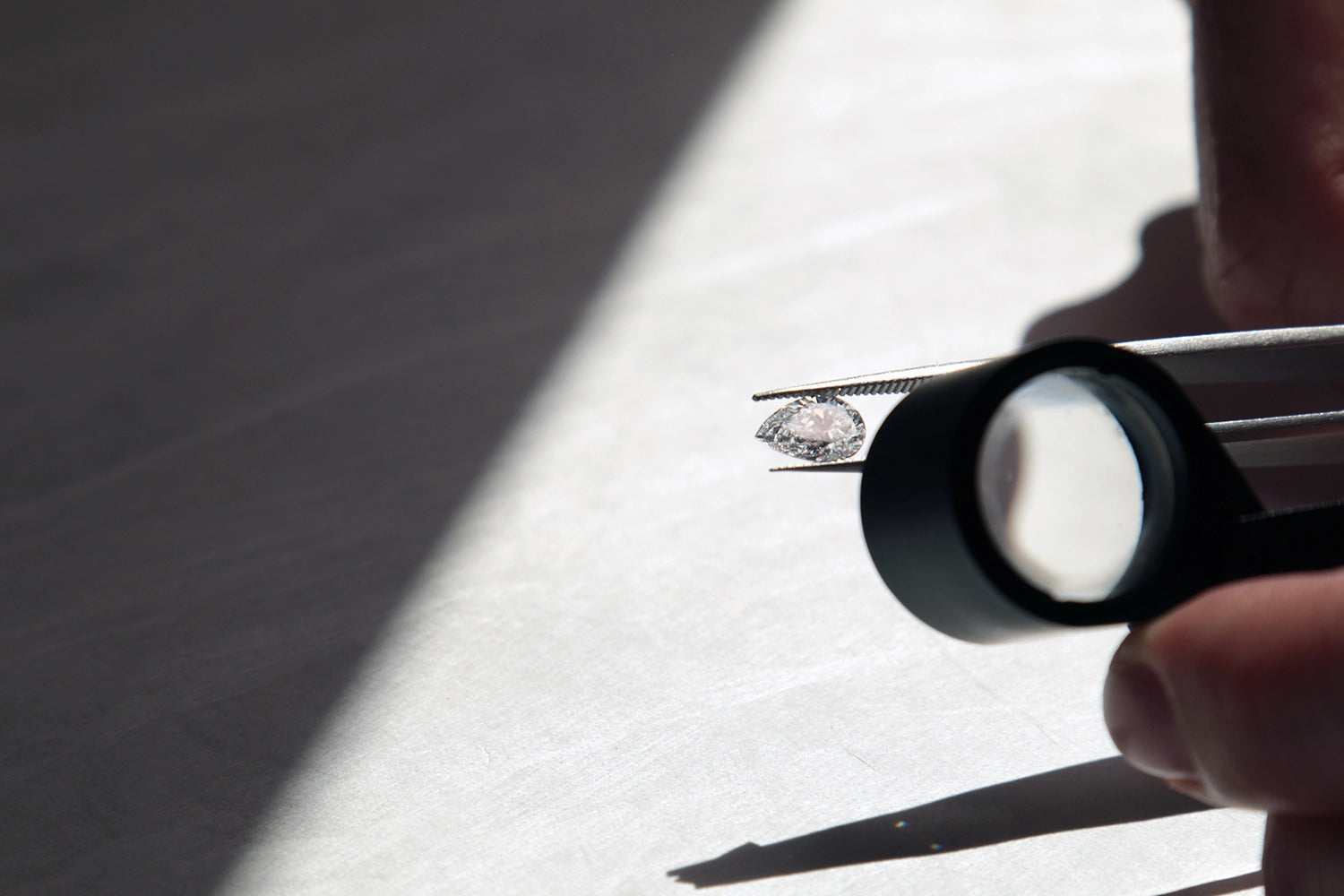
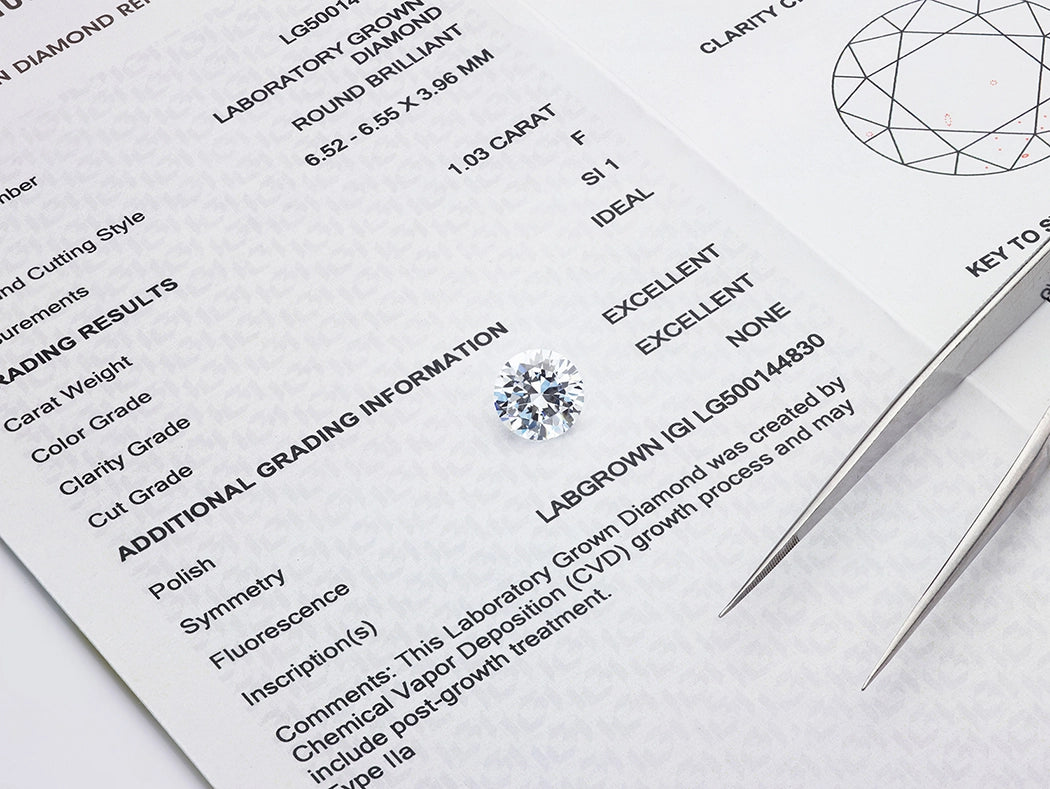
Are lab-grown diamonds also graded and certified?
Yes, lab-grown diamonds are graded and certified exactly the same way as mined diamonds are. Diamonds are sent to a gem lab that specialises in grading diamonds. The majority of these labs grade using the 4c’s (cut, clarity, colour, and carat). The GIA (Gemological Institute of America), the IGI (International Gemological Institute), among other gem labs, offer certificates for lab-grown diamonds, using the same strict standards.
ARE LAB-GROWN DIAMONDS REALLY MORE SUSTAINABLE?
Lab-grown diamonds avoid the harmful effects that mining has on communities and the environment. They do not lead to disturbance of land which often leads to ecosystem or wild habitat destruction or unusable land after mining operations are closed. Since they are not mined, there is no detrimental impact associated with water usage such as the discharge of waste water or pollutants in water bodies or into the ground.

ARE LAB-GROWN DIAMONDS MORE ETHICAL?
Lab-grown diamonds are guaranteed conflict-free every single time – you can be sure that they are not the product of child labor, forced labour and human rights violations.
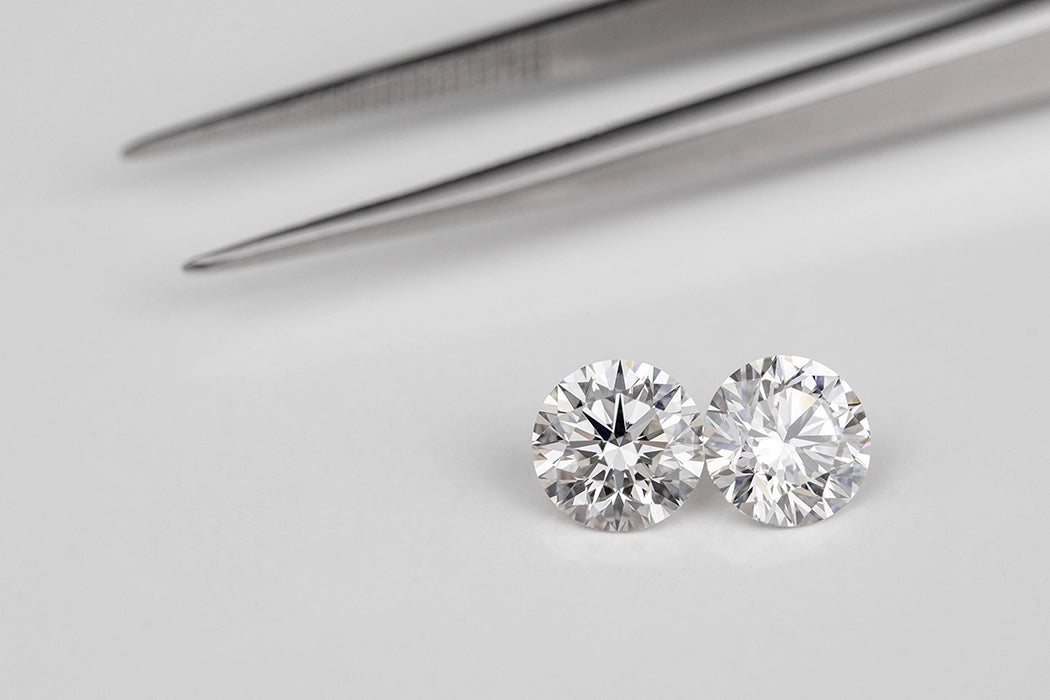
How pure are lab-grown diamonds?
Lab-grown diamonds are generally purer than mined diamonds since they are grown in a controlled environment. Only 2% of mined diamonds are as pure as lab-grown diamonds. This type of rare diamond is called Type 2a.
Are lab-grown diamonds more or less expensive?
Lab-grown diamonds are less expensive than natural mined diamonds due to the more streamlined and controlled production process. The ability to create diamonds in a laboratory setting reduces the costs associated with traditional mining operations. These factors make lab-grown diamonds a more affordable option for consumers.